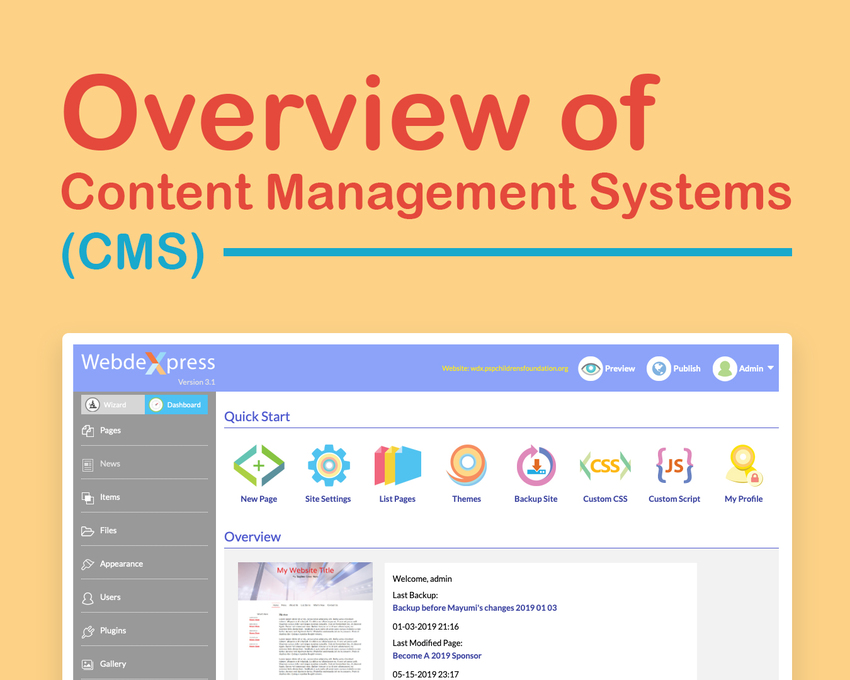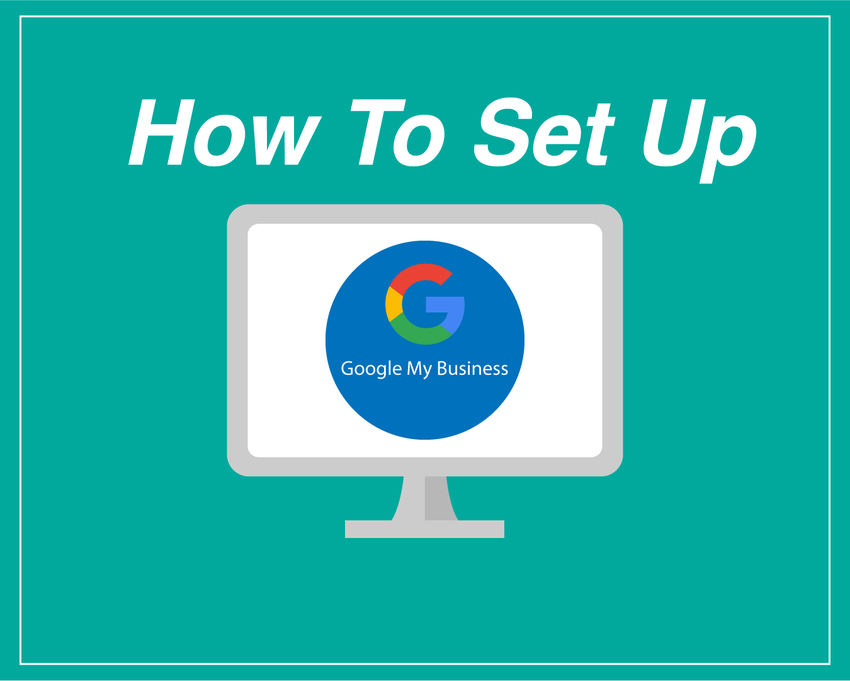Overview of Content Management Systems (CMS)
May
21
A content management system, or CMS, is a software application designed to add, edit, and delete digital content – usually associated with a website.
For instance, our CMS is called WebdeXpress and it allows you to add pages to your website, edit text and image content, update your blog, add plugins, and manage your website settings.
The nice thing about content management systems is that they let you edit the content of your website separate from the design. WebdeXpress offers professional templates that make it easy to continually update and change content without messing around with the design.
Most CMS are great for SEO because they give you the ability to customize your page titles, URLs, image names, metadata and more, which help with your search engine ranking. Plugins are another feature that can help with design, content, or SEO by letting you expand the functionality of a CMS with third-party tools.
WebdeXpress and Wordpress are both considered a CMS but have very different levels of usability. WebdeXpress is very easy to use for people without web design or coding experience. Wordpress offers a lot of plugins and themes but can be very difficult to learn and is often hard to keep updated with each new security patch.
When looking at a CMS you should consider your website and management needs along with your skill level. If you have questions regarding WebdeXpress you can call us at 800-232-3989 or email sales@pspinc.com











